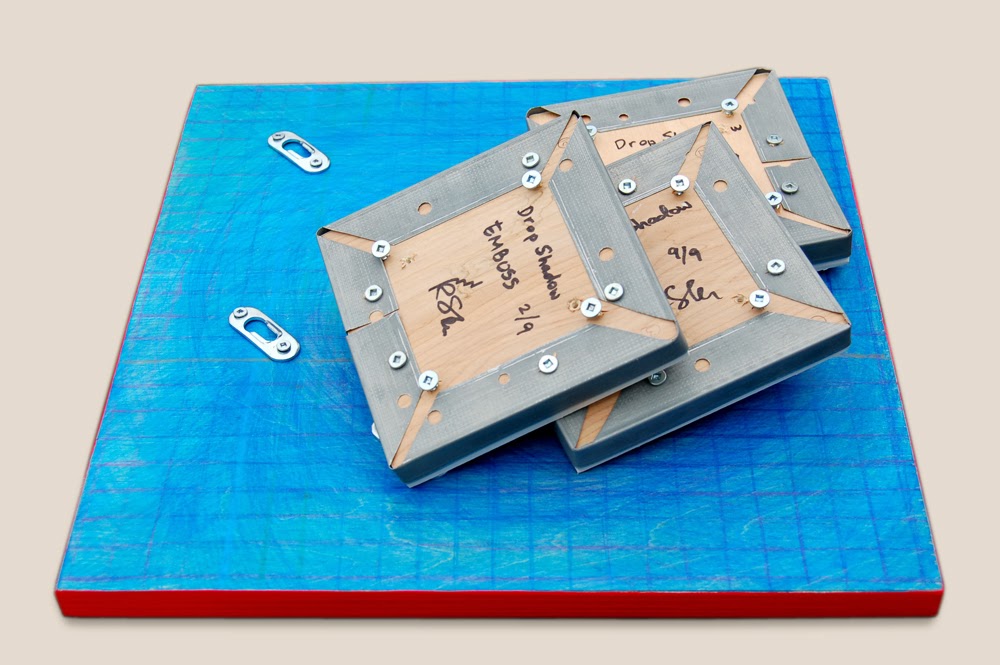You might not agree with any of the sides in a debate as much as you support one. The teachers' strike that started in June 2014 lasted into October. This was a grim reminder for parents of their helplessness in the power struggles between the politics of society and the politics of its unions. Finally when teachers were back in class the sense of relief was accompanied by renewed awareness: we - parents - have a considerable responsibility to keep our eyes open to make sure our interests are not compromised.
A few years ago when our daughter was in grade three we’ve already had a short exchange with her teacher. Last year, with another teacher, there wasn’t much discussion on that topic but we had a sense that there’s still something going on. Not too bad: our daughter is really careful and responsible. When it comes to school and candies, school and sweets, I’ve noticed that the challenge of keeping our kids away from stuffing themselves is a complex one. We have Halloween and Christmas, this event and that. And we have teachers handing candies as rewards in class.
I’m sure we all want to see our kids encouraged by their educators to excel. But again, I don’t enjoy the realization that candies are used as rewards by teachers. For me and my wife candies and sweets should stay out of the toolbox. When I say toolbox, I mean the various methods teachers use to engage with students in class.
I would be more than happy to realize all parents, staff and admin agree with us. However, reality usually has its own way of living. There is a debate over this issue that can be seen through quick browsing on the web. The following is a small sampling.
“As parents, we help our kids develop the lens through which they see food. Will they see snacks as something to do when they watch TV or are bored or will they snack as a way to refuel between meals? Will they seek sweets as a reward for their hard work or look for other constructive ways to feel good?” (source)
"Giving children candy as a reward is like
saying, ‘Here is something that is not very healthy for you as a reward for
being good.’ Does this make sense?” (source)
Just Say NO to Food Rewards (source)
Student rewards…that aren’t junk food! (source)
Eliminating ‘candy bribery’ in schools (source)
Other Links: PDf detailing constructive rewards; PDF of an article in oposition to candy giving in class; Debate platform with room for comments and voting;
Many kids, maybe to a degree all kids, see school and teachers as a source of authority even if one to challenge. The use of candy as reward is nutritionally unhealthy and morally questionable. Rewarding with candy can backfire on many levels in the future. However, my guess is that this topic is one that parents and educators alike are a bit confused with, maybe embarrassed or even unaware of its importance.
Many kids, maybe to a degree all kids, see school and teachers as a source of authority even if one to challenge. The use of candy as reward is nutritionally unhealthy and morally questionable. Rewarding with candy can backfire on many levels in the future. However, my guess is that this topic is one that parents and educators alike are a bit confused with, maybe embarrassed or even unaware of its importance.
Nevertheless keeping this discussion open and ongoing is an opportunity to better understanding between us, members of a fragmented community with a mutual interest: successful growth and development of our kids.








































